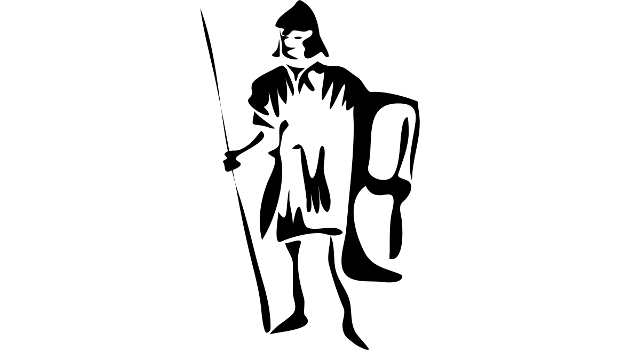You could argue that finance and marketing departments have foot soldiers too. But that does not negate the fact that the CIO has responsibilities that reach right down to back-up, email and individual user interfaces and even devices. It is not just a quartermaster ‘supply and maintain’ role but one of full performance responsibility. It is also unlike Production, which has become a specialist function, because ICT permeates every other department and activity throughout the organisation.
That’s where our General Manager comes back into the picture. Those vertical daily responsibilities and the upward pressure that comes with them from users and ‘managers’ and divisional and department heads fall naturally into her/his operational remit. Whether COO or Deputy CIO or whatever, there is a set of responsibilities for ICT operations 24×7 that belongs at that all-but-top level. Executive but not strategic — or rather primarily executive, because any Number 2 should participate in strategic development within the ICT team and would usually be expected to be ready in due course for the top slot.
CIO equality
This column has rambled on before about the many and various roles of the CIO — and the many and even more various views of it. But the salient bits all come back to these three truths that we hold to be self-evident even if not all CIOs are created equal:
- ICT permeates and serves all of the organisation
- The CIO leads all of the ICT functions strategically
- The CIO leads all of ICT functions operationally
In practical terms, in which we include the title and prevailing nomenclature systems, it is clear that the CIO role always has two parts or strands — the strategic and the executive or operational. Staying practical, that also suggests that the ICT function leadership is essentially dual and perhaps best filled by a team of CIO and deputy. Invoking that old but valid 80/20 rule, we could see the CIO as 80/20 on the strategic and political side and the deputy as 20/80 and focussed on the operational. But they are really Twin Peaks.
Innovation is one of the cliché terms of media and tech conference hype and theorising about the CIO job. Chief Innovation Officer will regularly be thrown into the verbiage. To be deliberately naughty, innovation is the responsibility of every leader. It is not necessarily technology-based and neither is it always — and certainly not in most large organisations — required to be revolutionary. Dammit, this industry invented the term ‘bleeding edge’ because Boards are terrified of the sight of blood.
The perfect example, and one of the major drivers of the innovation hype, is the mobile device. There are approximately 1.5 million apps in the current market, taking into account the Android/Apple overlap. The vast bulk of them are innovative in the information or functionality they can deliver, not in the platform and delivery technology. Business innovation is exactly the same. With the technology support and channels in place, the only limitations are in the human imagination and what the market will bear.
Portfolio
So innovation is certainly in the CIO portfolio, but to use the rule 80/20 again it will largely be in enabling and supporting other departments’ innovation, from marketing to HR by way of business intelligence and on-the-fly analytics.
The place of the CIO may be relatively new in the C-suite but in other respects there is nothing all that new about the role and rank and responsibilities. That last one will inevitably have that ancient clause “… and such other duties and responsibilities as the Board may from time to time decide” in there somewhere. In Roman times it probably said ‘Emperor’ rather than Board. It requires strategic thinking in times of peace, plenty and decisive — and correct — action when manoeuvring or fighting actions.
The rest is 21st century detail.







Subscribers 0
Fans 0
Followers 0
Followers